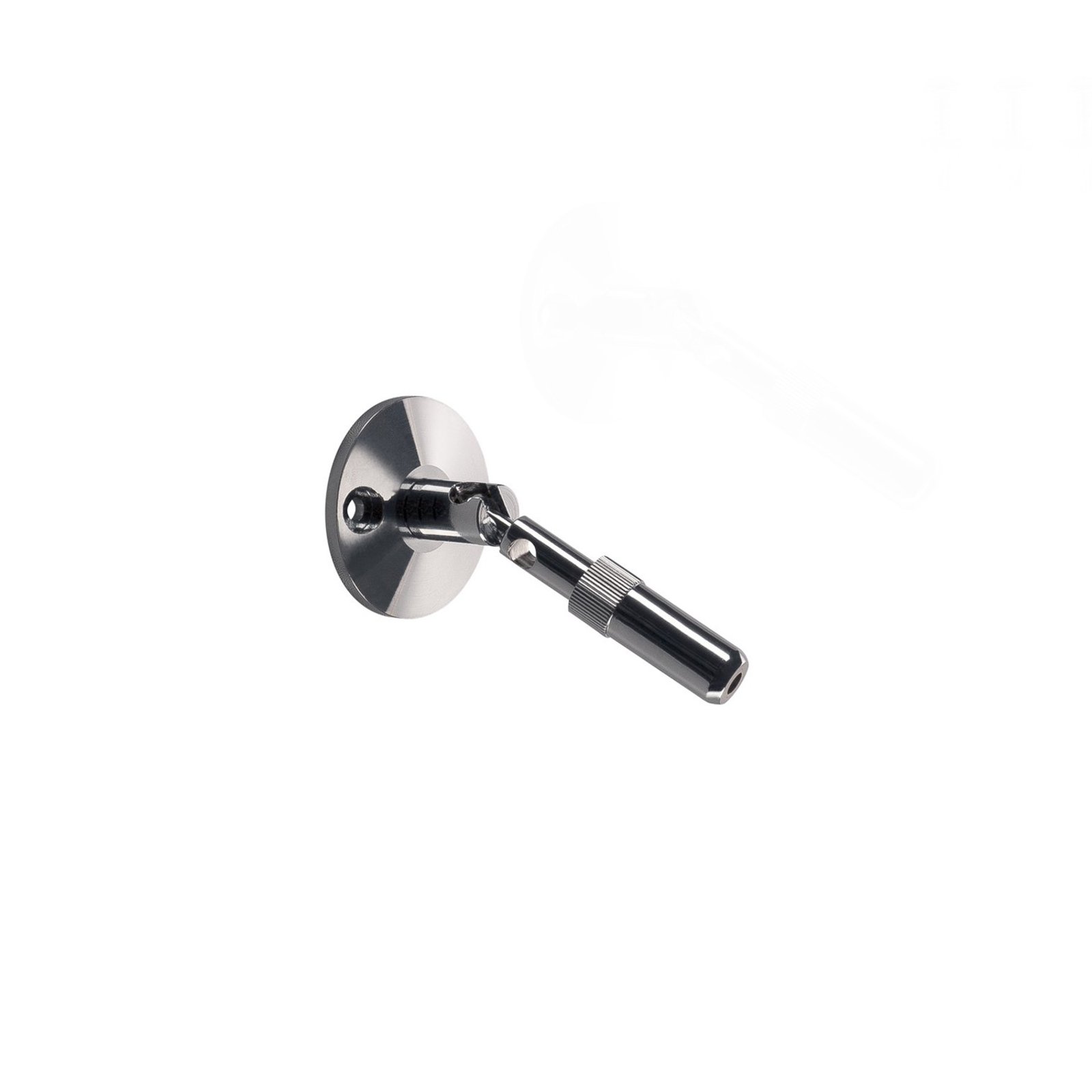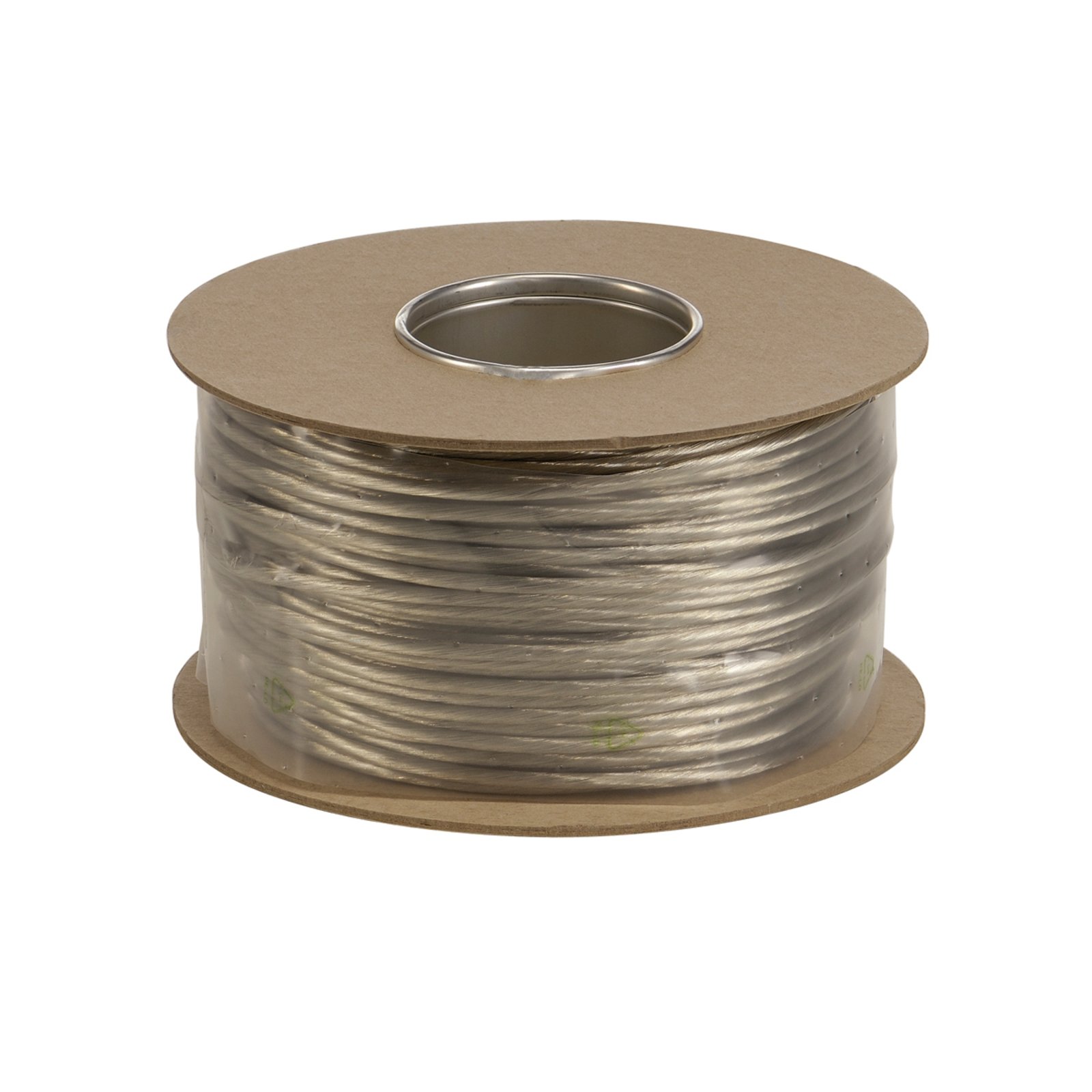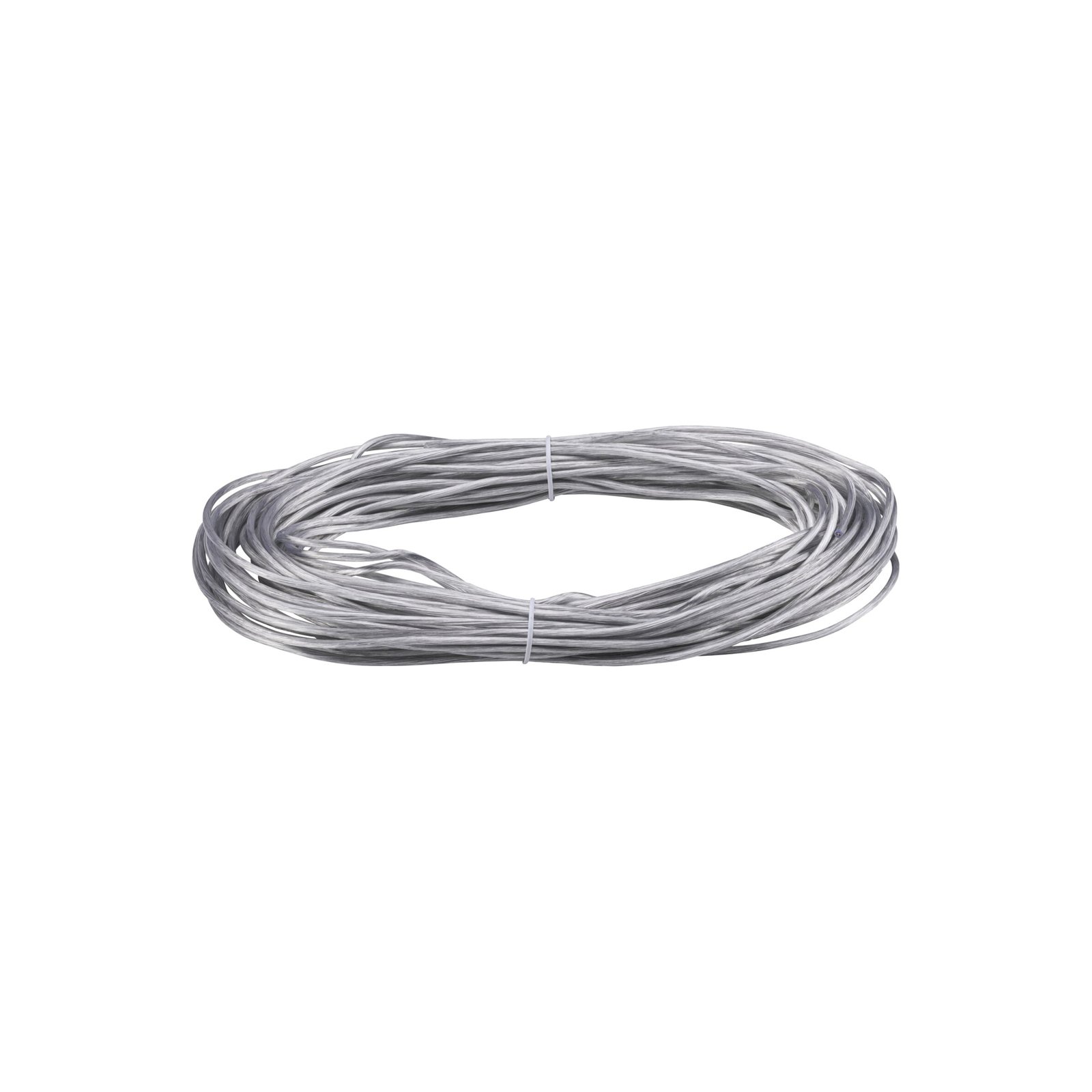- 50 days free returns
- Rated “Great” on Trustpilot
- The UK's largest selection of brands
The right accessories for cable systems
Rope systems consist of several components that can be put together individually as required if the rope system is not purchased as a complete set. To install a cable system with all its luminaires on the ceiling or wall, you need the appropriate cables, wall brackets, cable tensioners, ceiling spacers or deflectors and possibly a transformer. The latter is needed if you have opted for a low-voltage wire system. As this is only operated with 12 V safety extra-low voltage, the mains voltage must be converted using the transformer.
Cable systems are very flexible and practical lighting elements that can be extended and modified. This is another reason why certain spare parts or additional accessories are sometimes needed. After remodelling a room, additional diverters or a longer rope may be required. Replacing or adding individual luminaires may also require different or new fixing materials.
Cable systems as a convenient lighting solution
With cable systems as well as track or rod systems, individual lighting solutions can be realised in both residential and public areas. In your own home, it can be very practical if you only have a few power connections but need several lights in different parts of the room. With a cable system, for example, pendant luminaires can be installed at one end of the cable and spotlights and spotlights at the other. If the furnishings or the intended use of the room changes, these luminaires can be replaced or moved. Gallery and shop owners also utilise precisely this advantage of a cable system. When the exhibits or displays are rearranged, the luminaires can be adapted to the new conditions on a cable system - a flexibility that normal luminaires permanently mounted on the wall or ceiling cannot offer.
The strike-through prices correspond to the manufacturer's RRP.
All prices include 20% VAT, delivery costs excluded.




































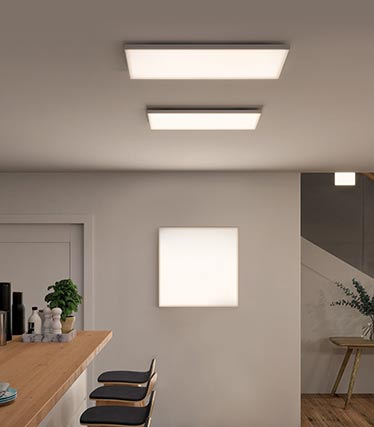









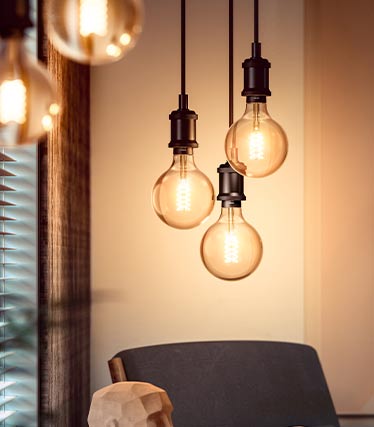








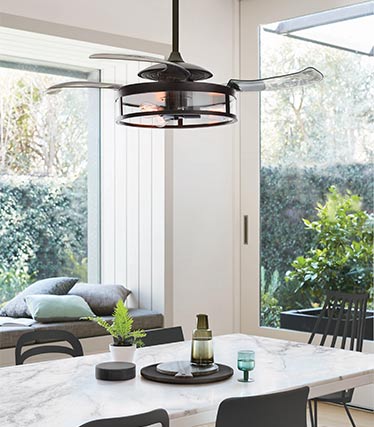

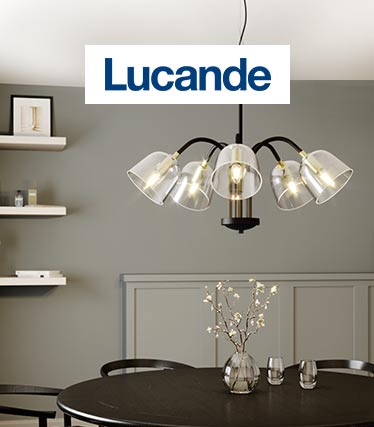




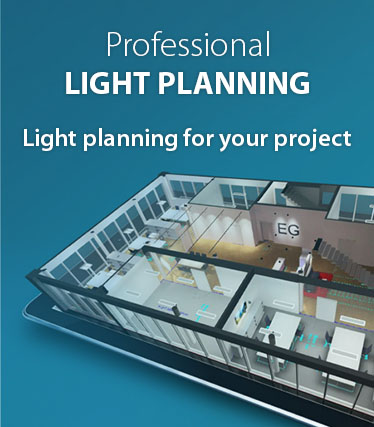




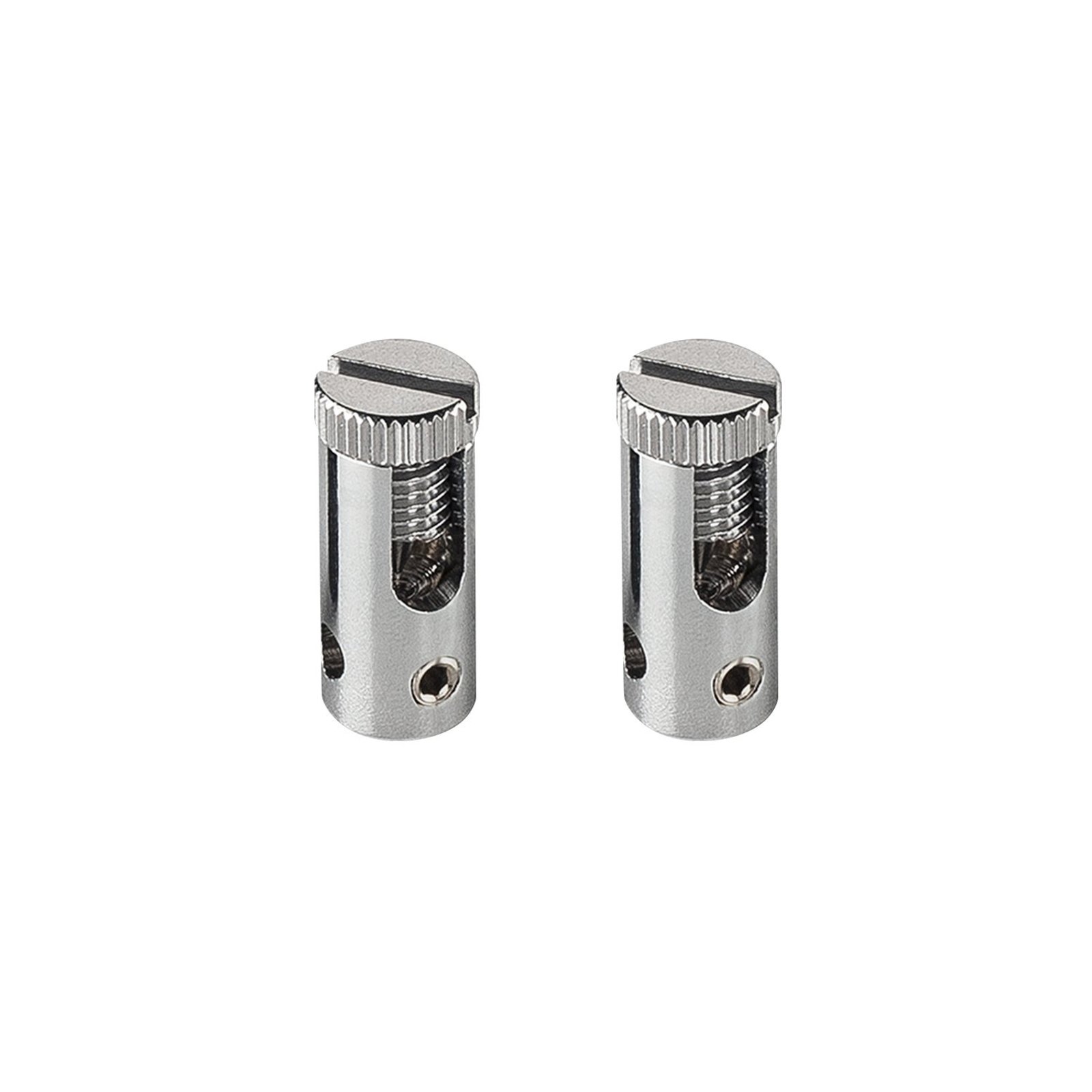
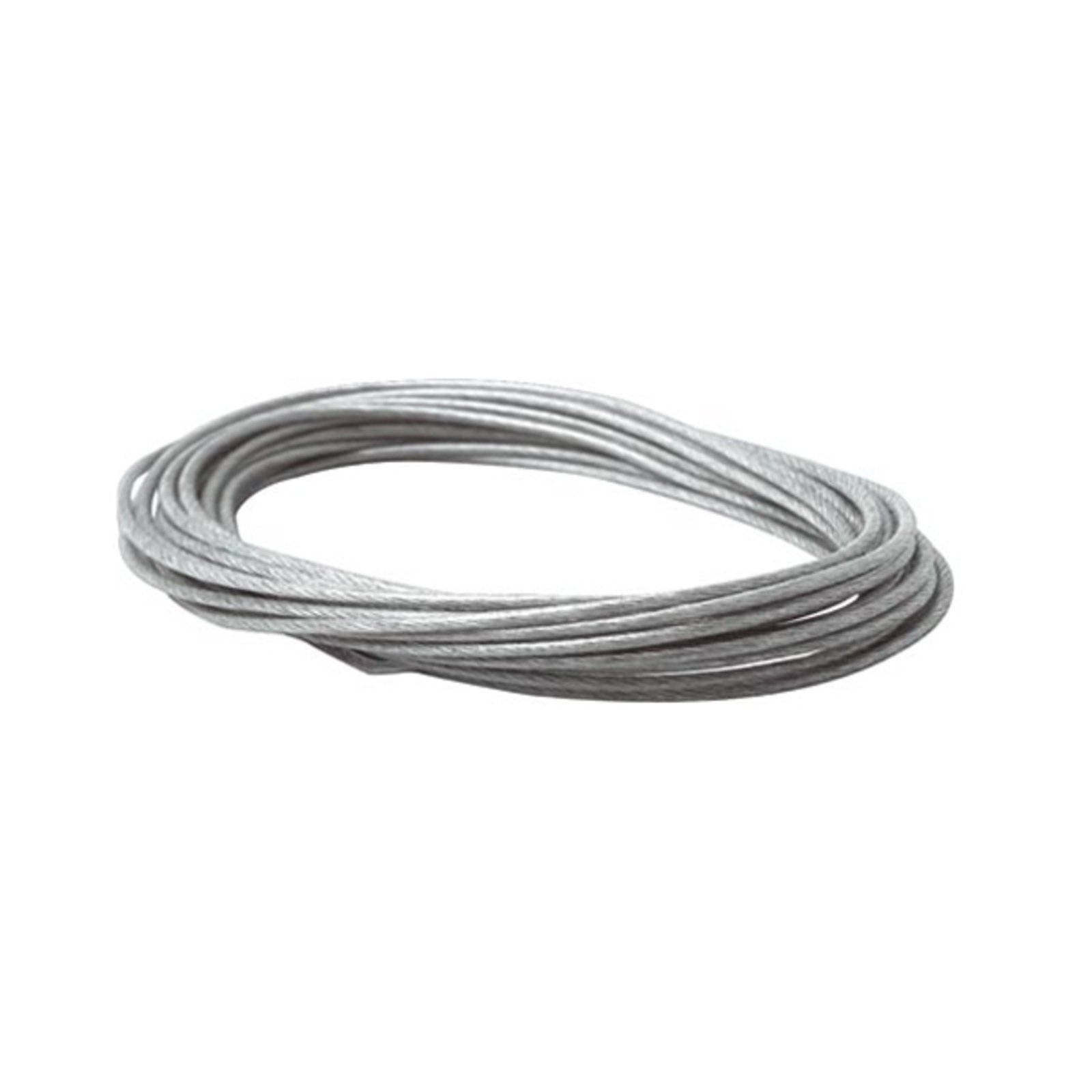
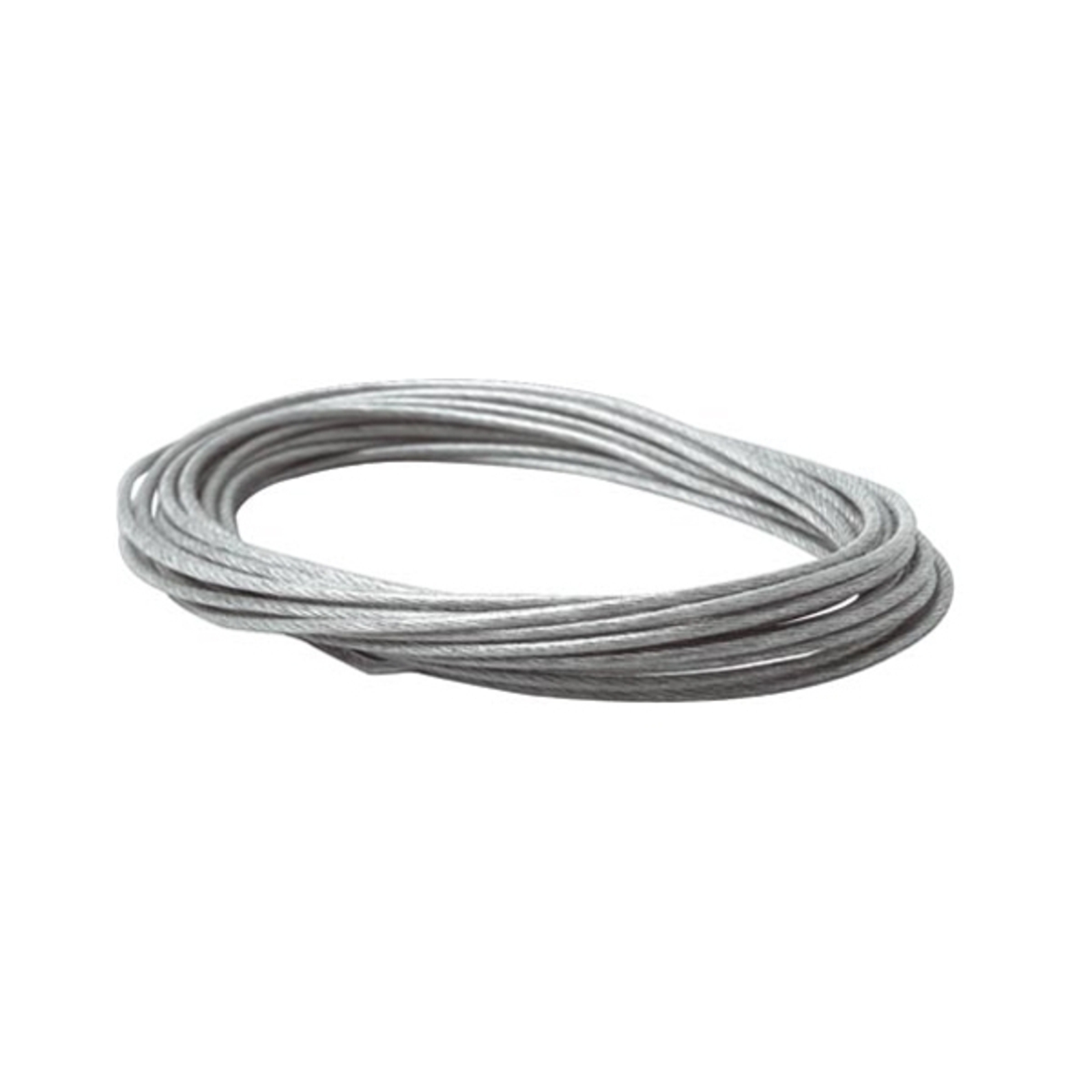
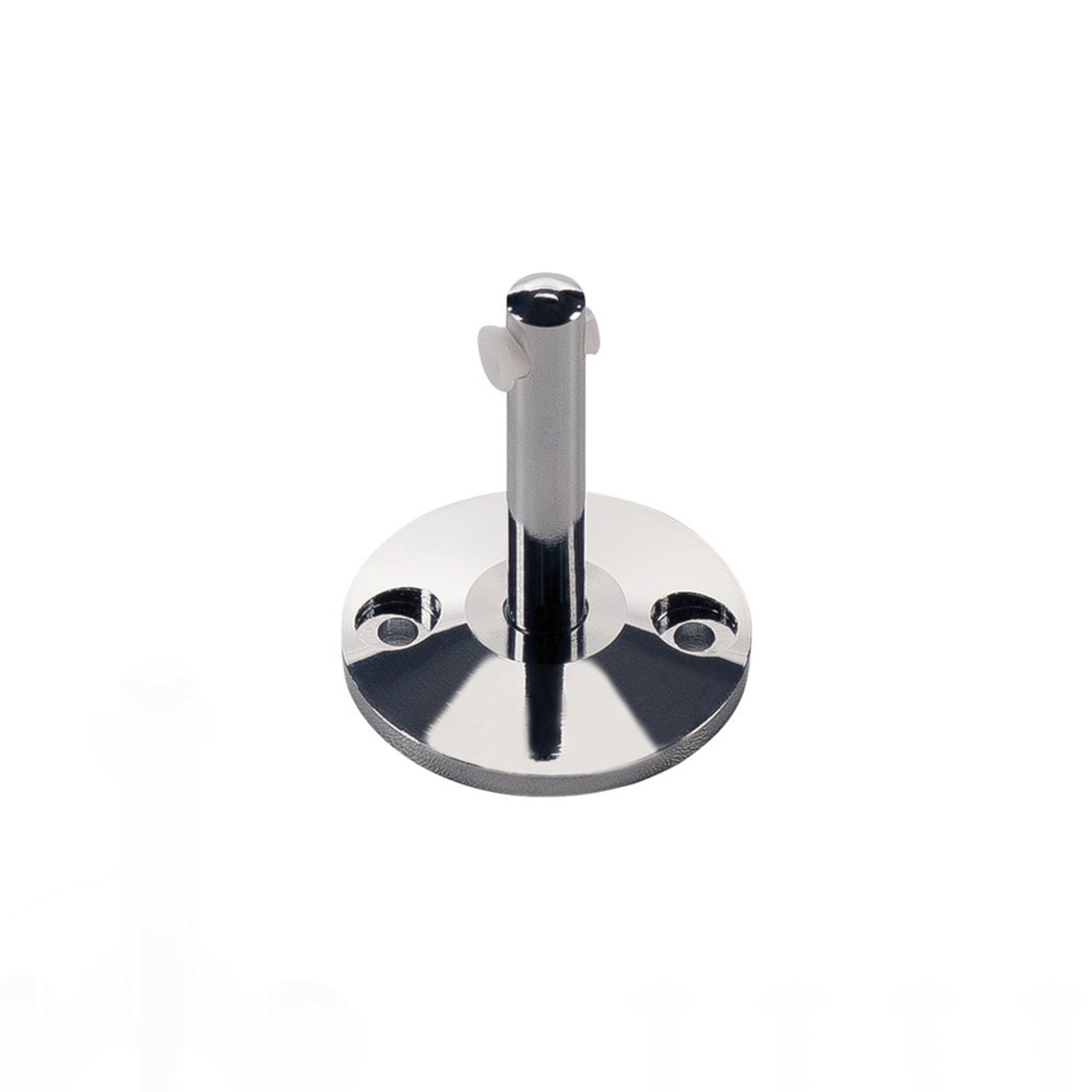
:format(jpeg))
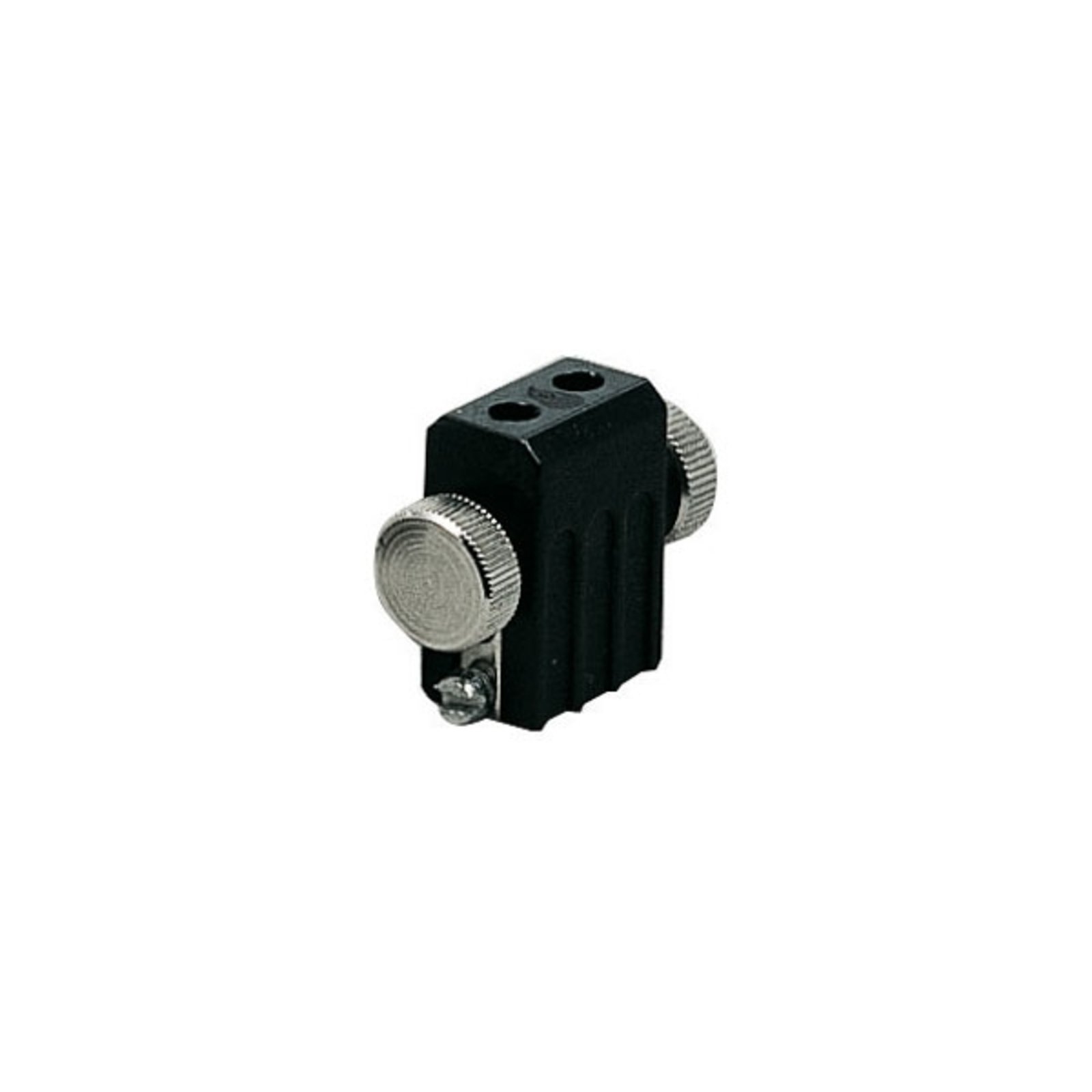
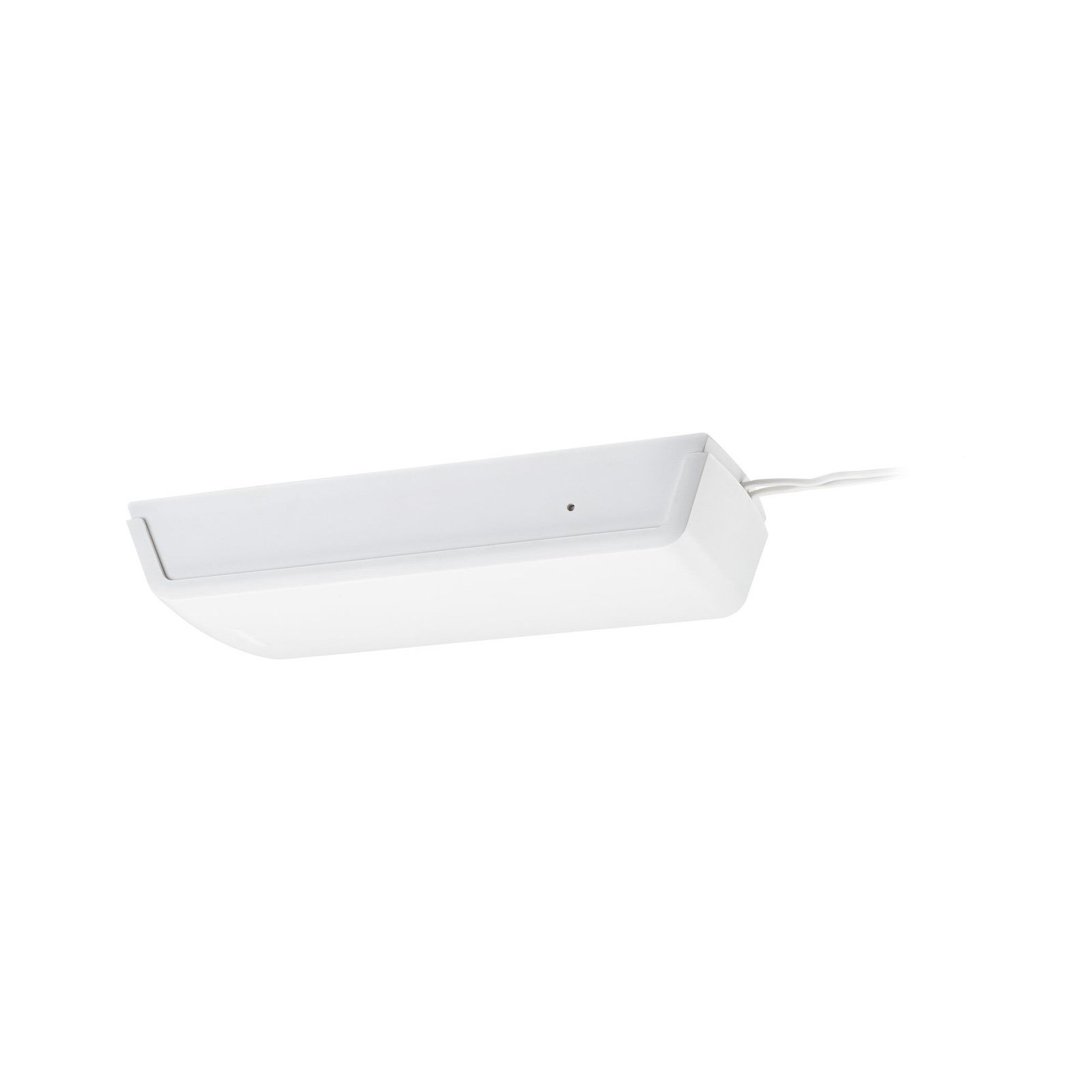
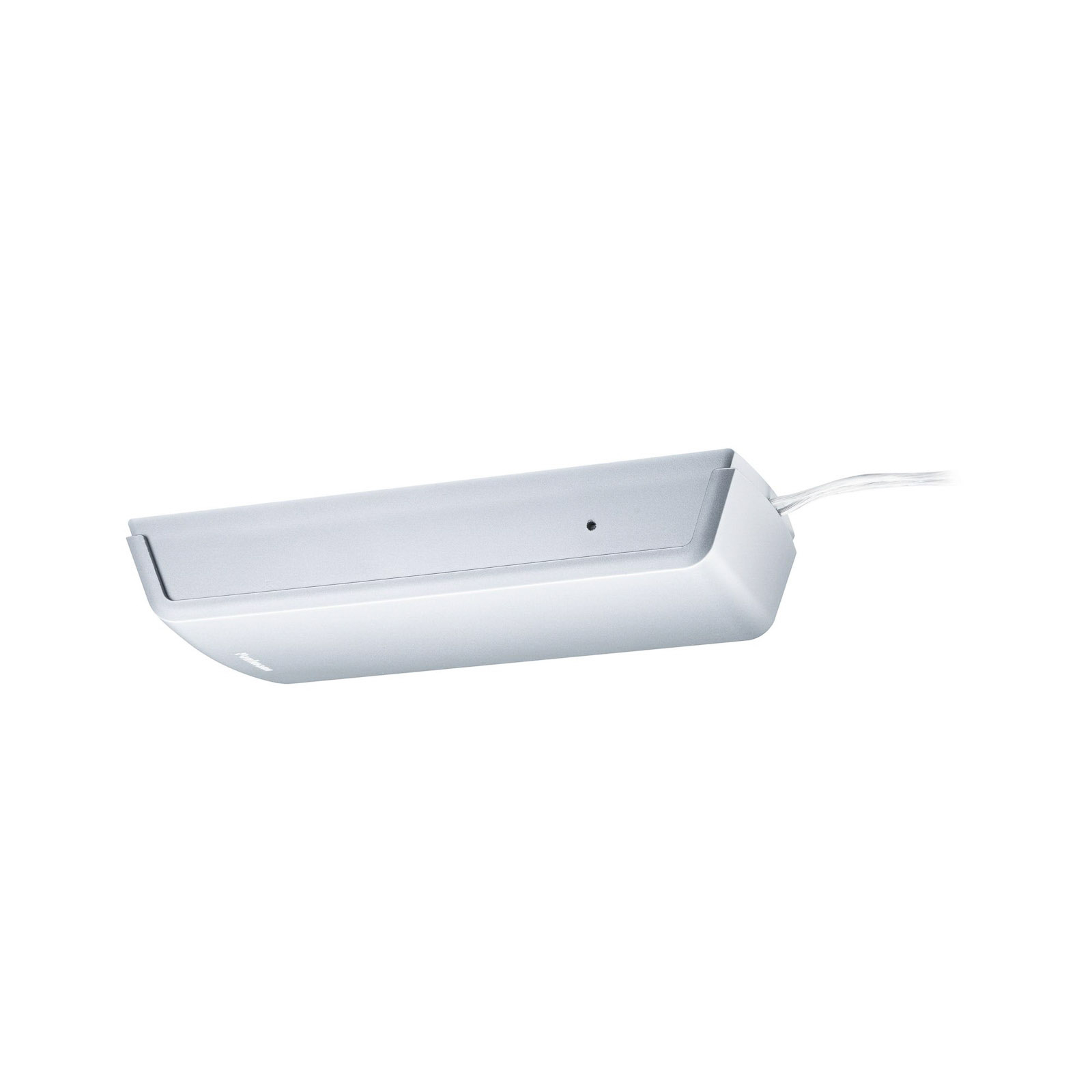
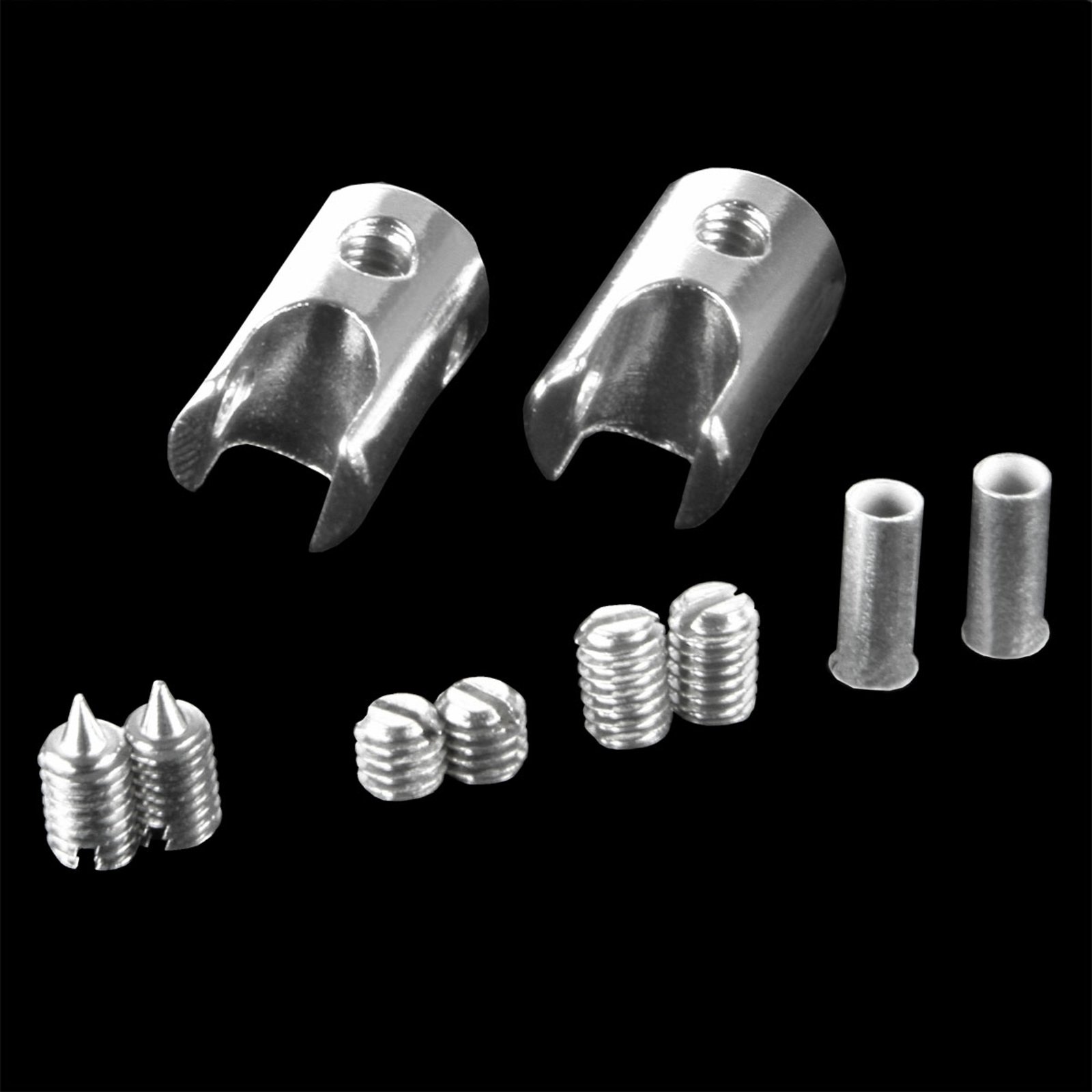
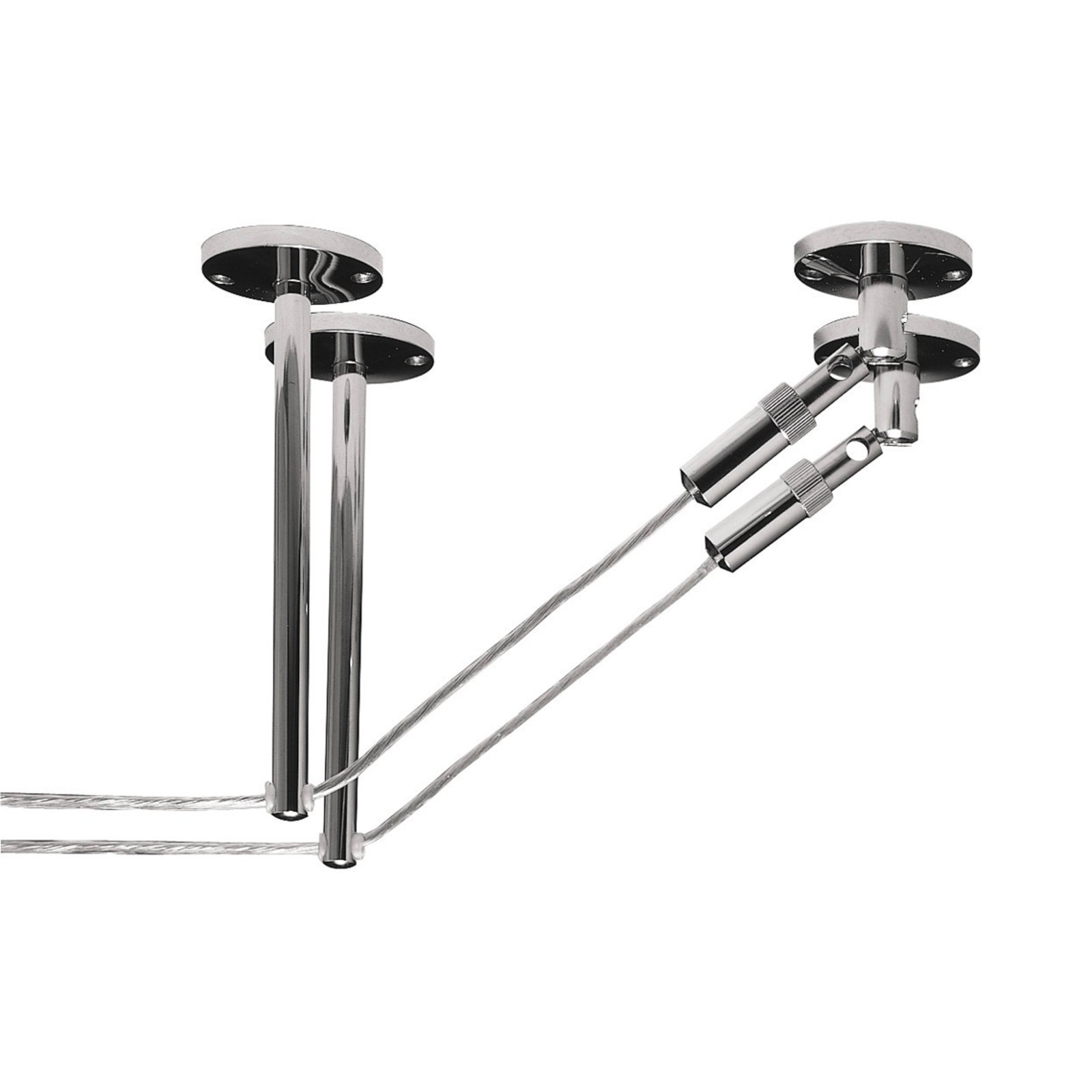
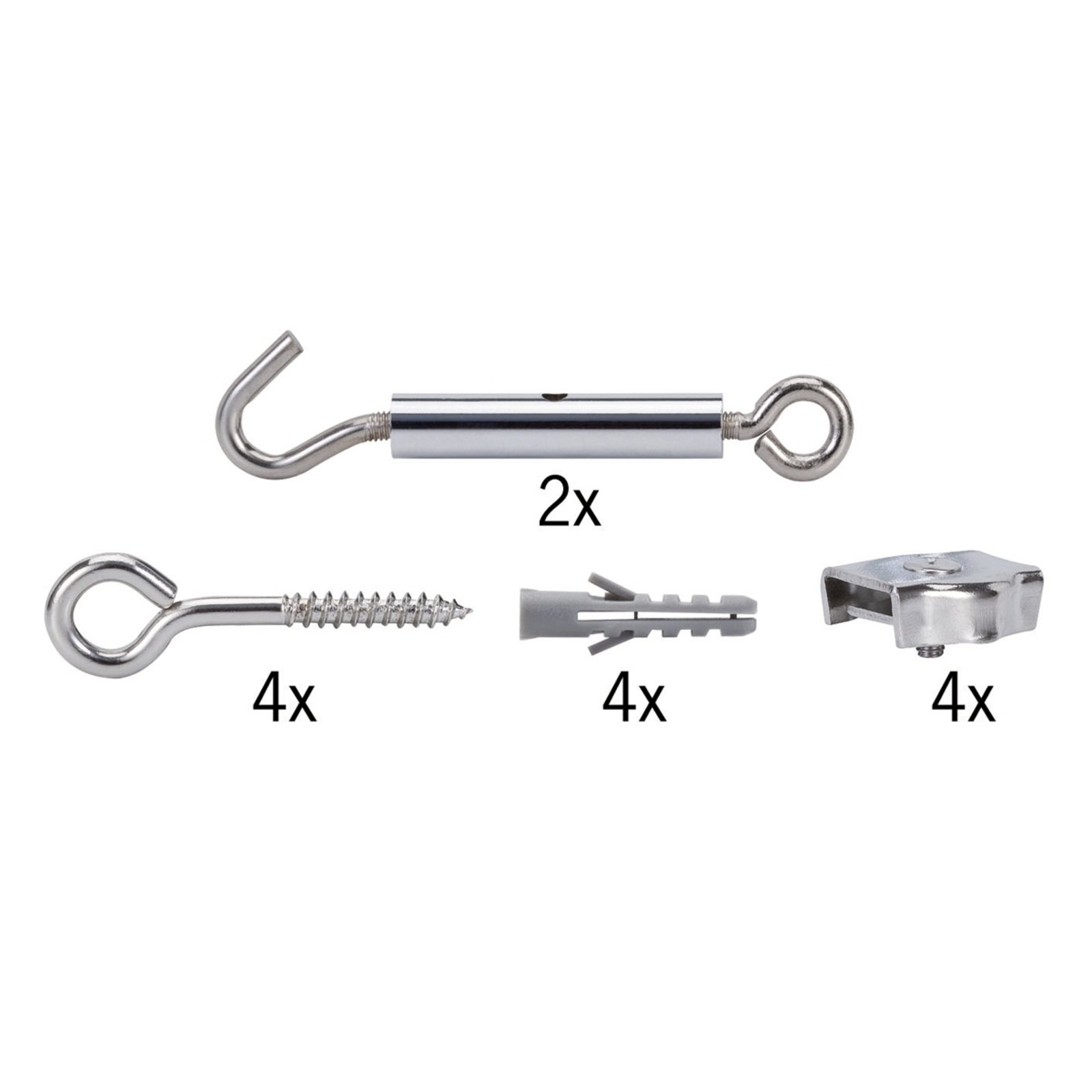
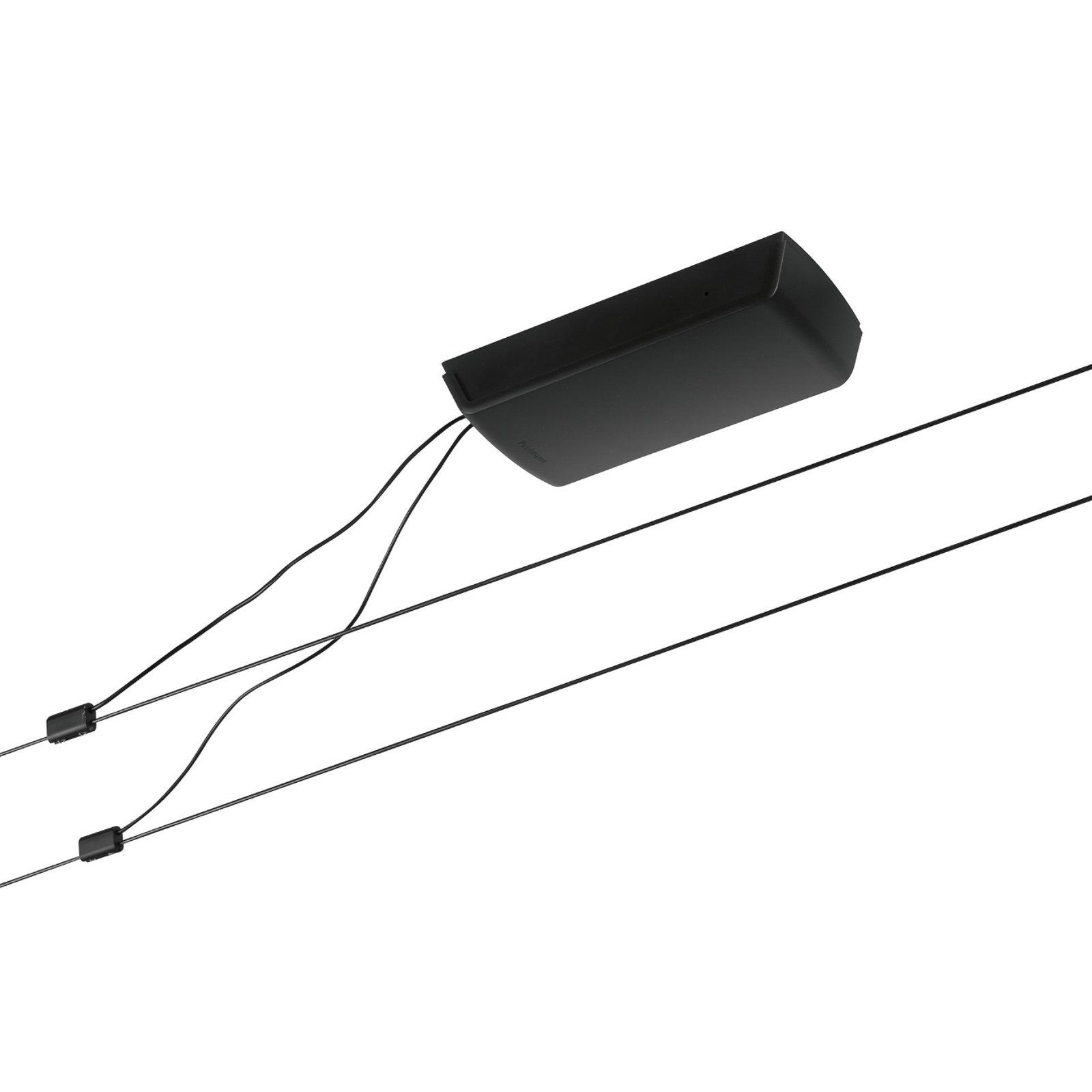
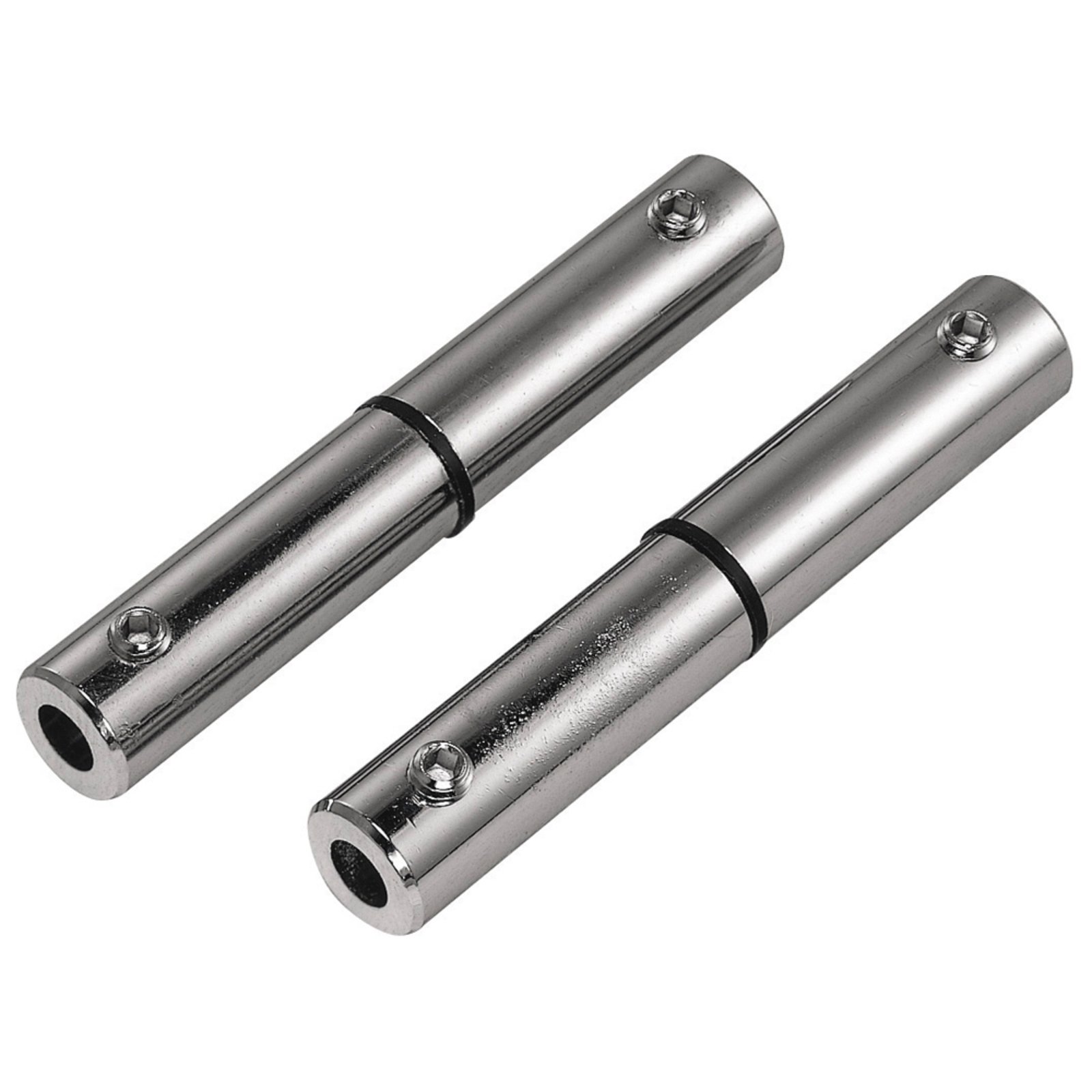
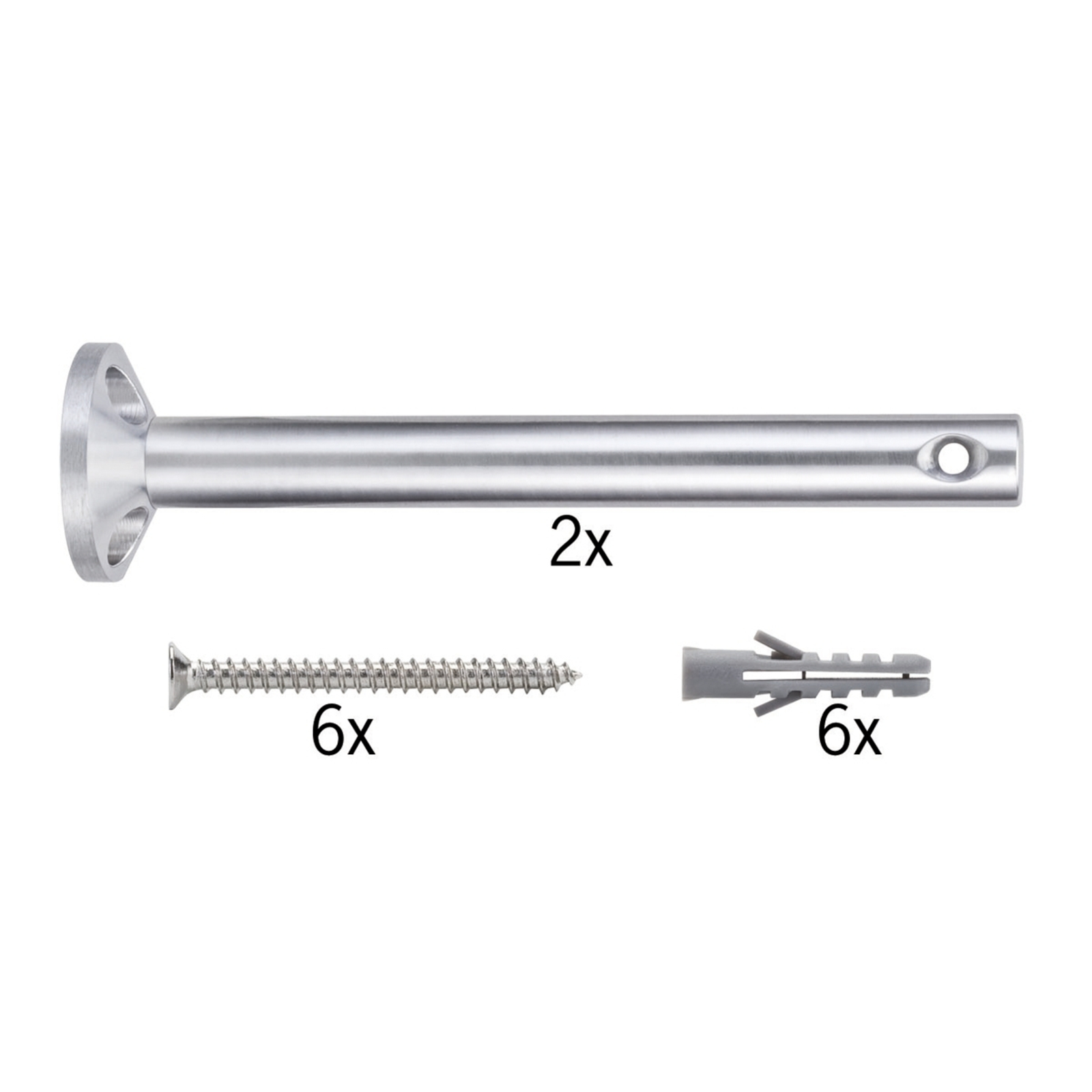
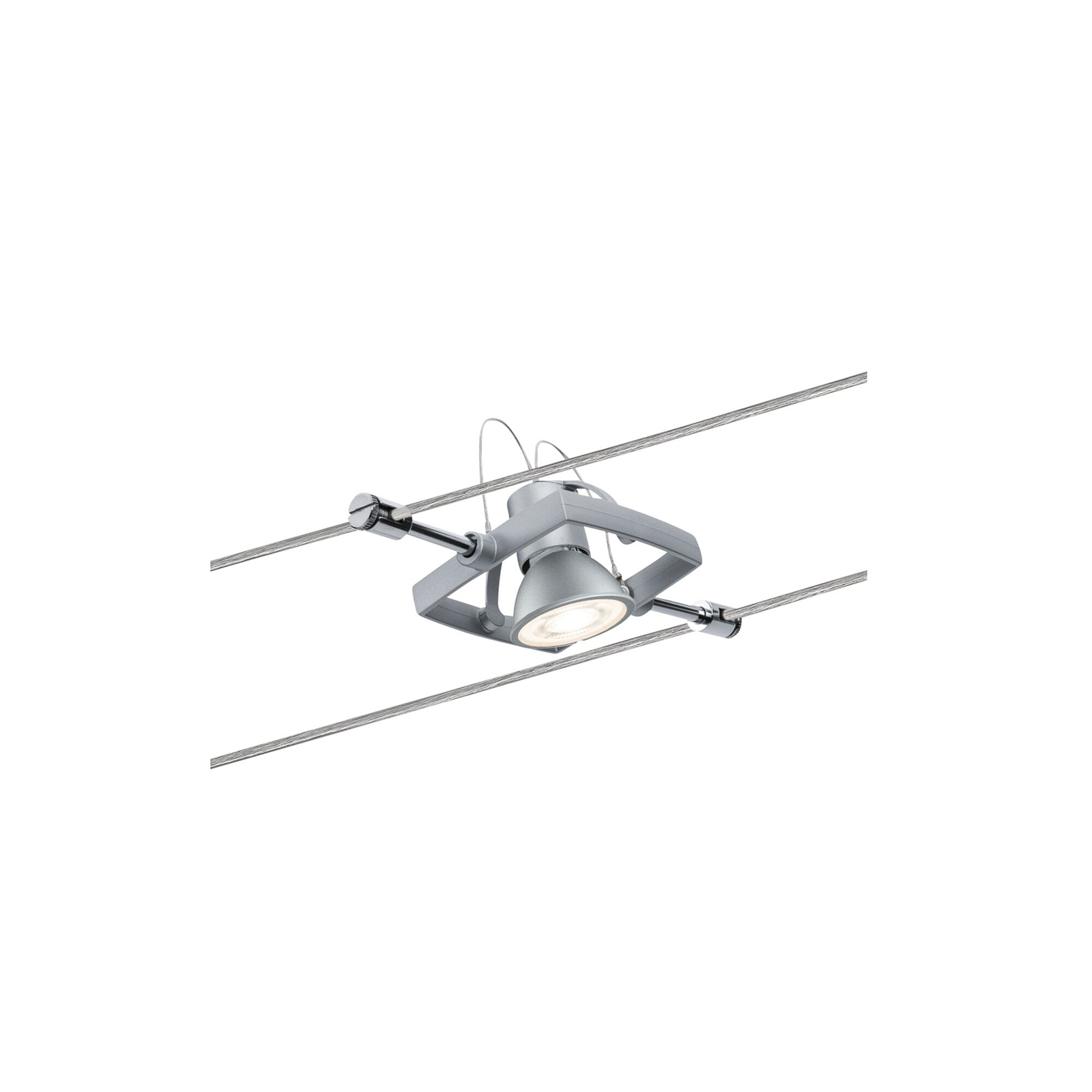

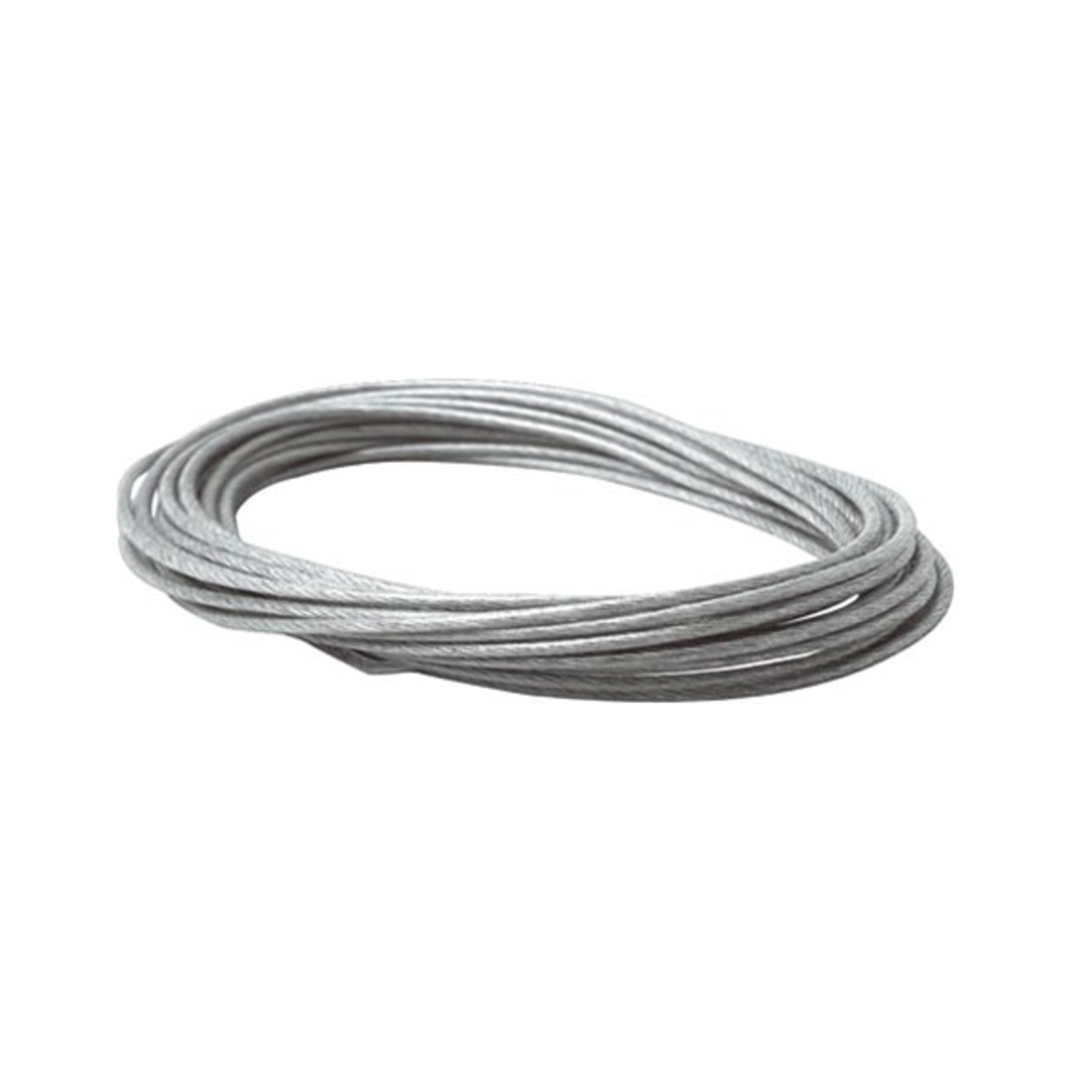
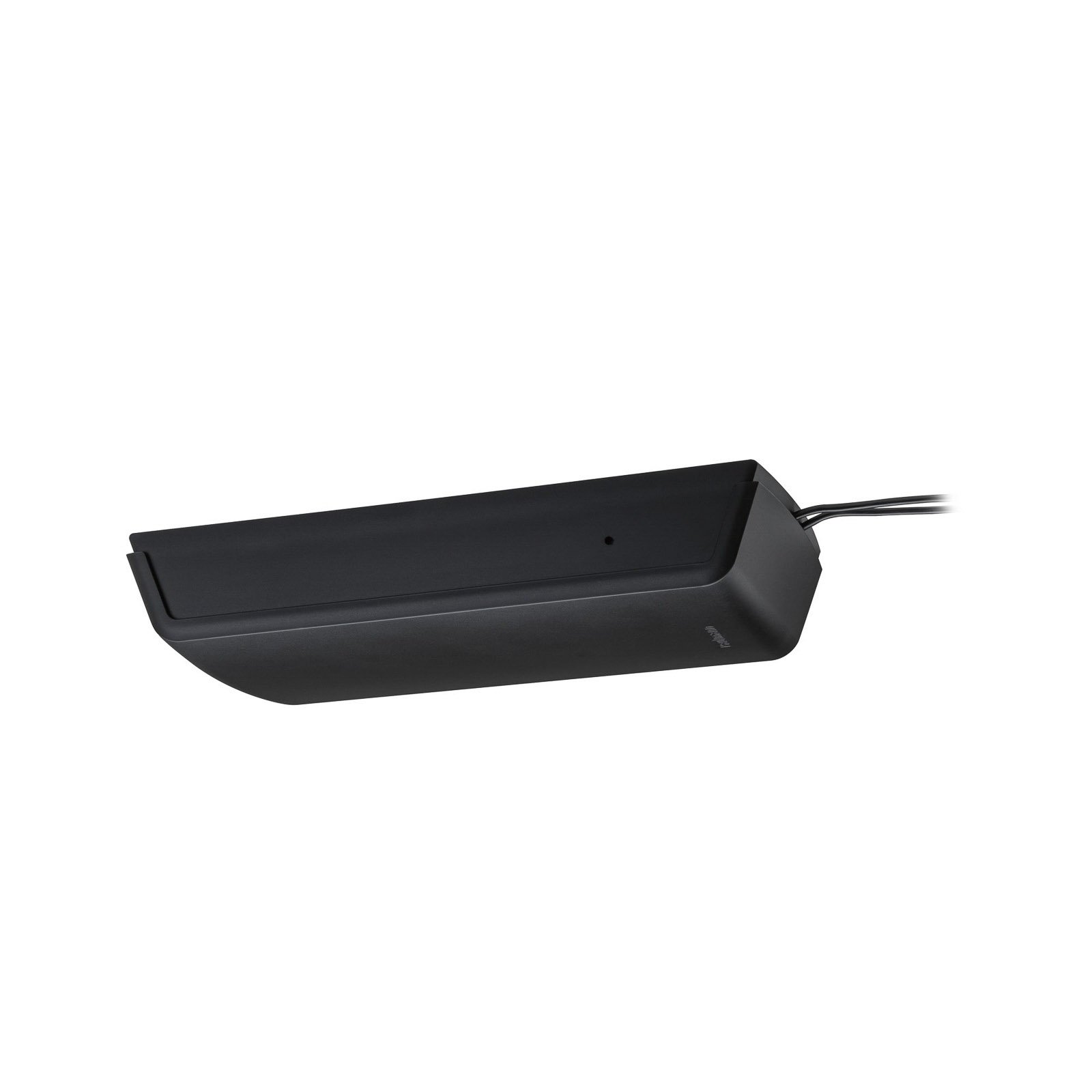
:format(jpeg))
